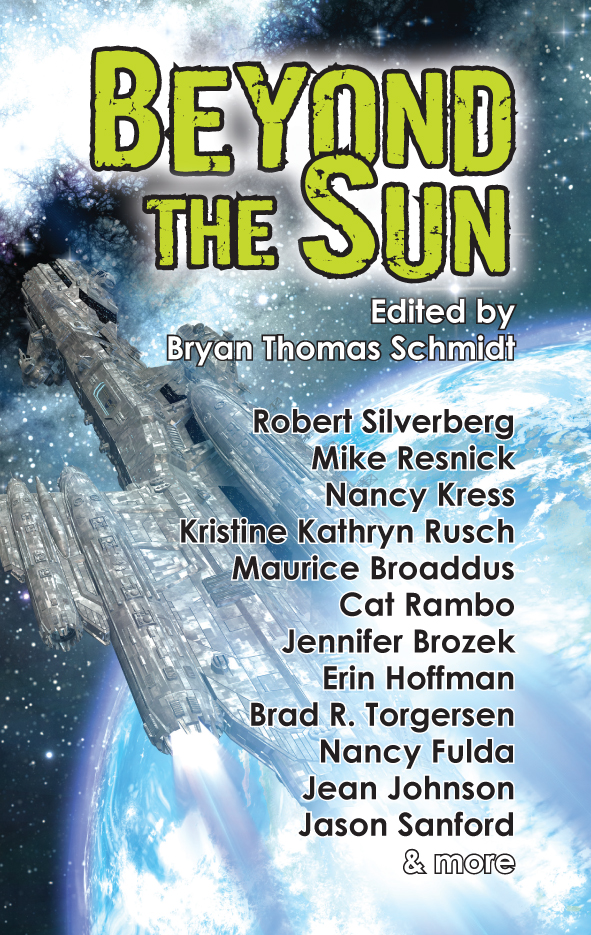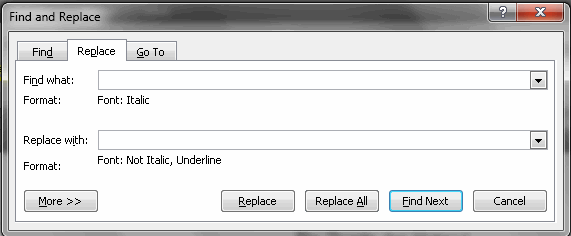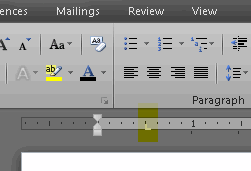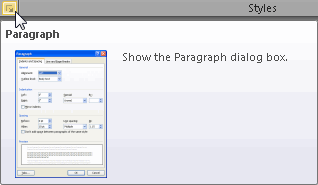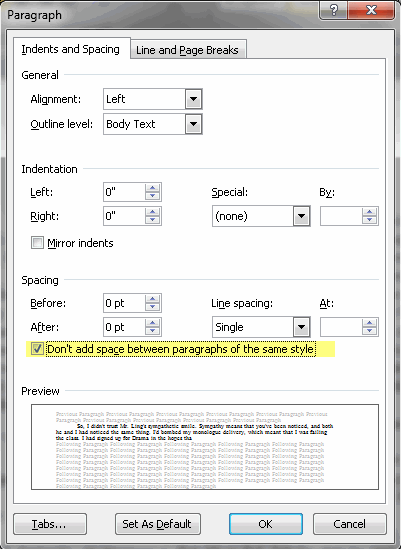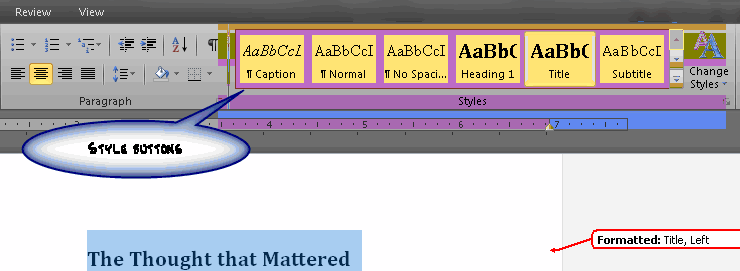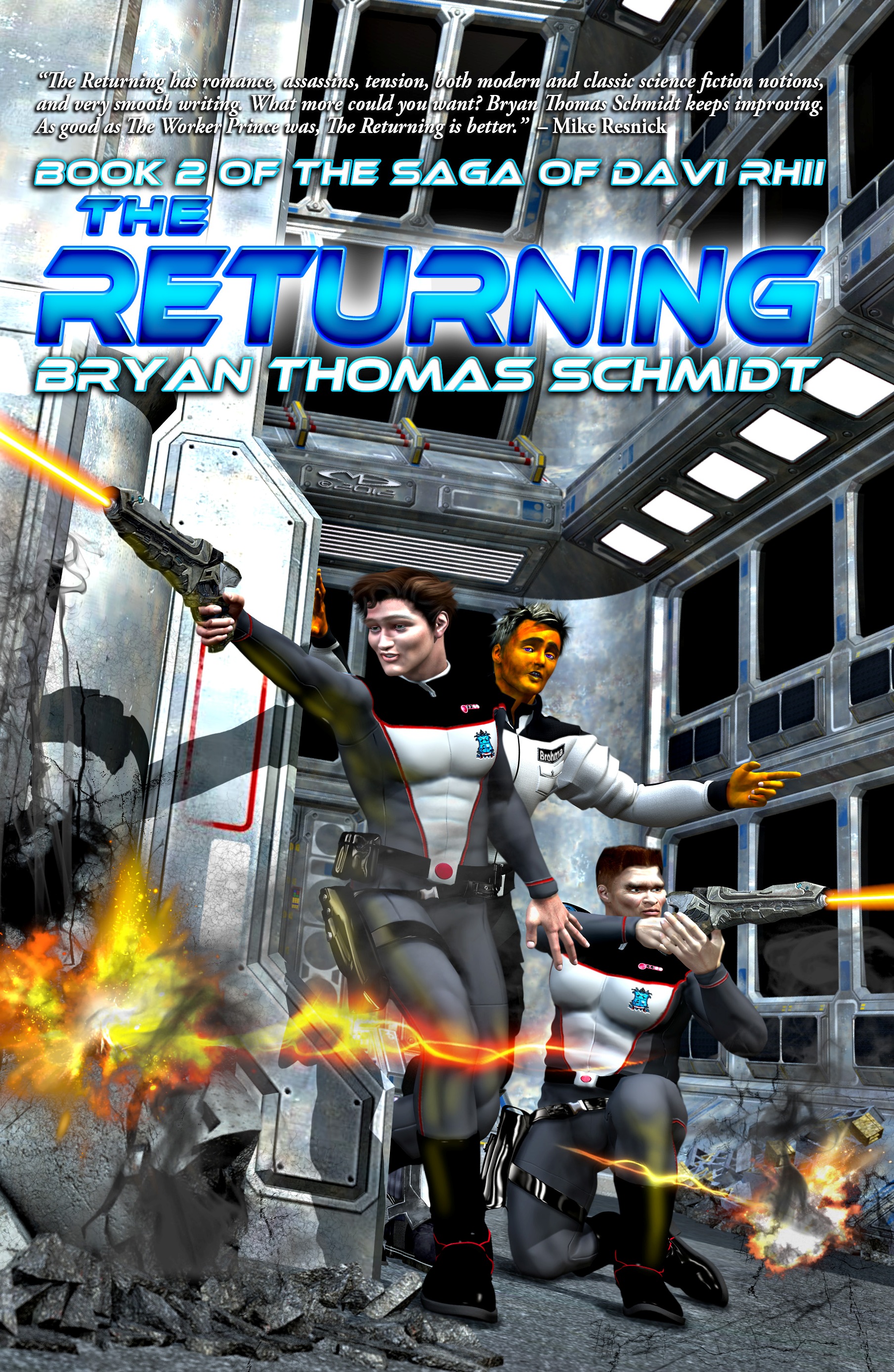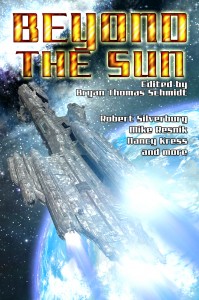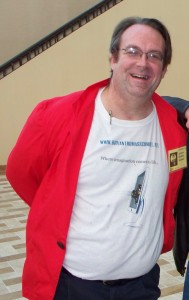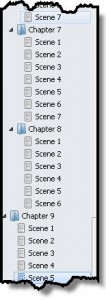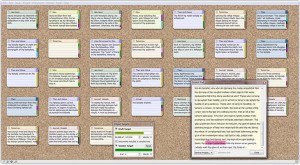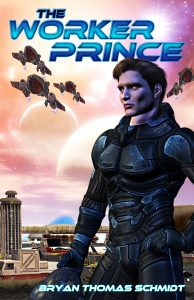 Hey Y’all. Thanks for having me here today. I’ve been a commercially published writer since I sold my first book in 1989. I know that makes my first book older than some of you, but like any good mom, I remember the birth-day of the book quite well. However that is a post for another day. Today we are talking about things every writer needs to do in order to write a successful series. The bestselling part – well that is up to the fans and readers. They make or break you, and if they love you, you are golden. So, (in no particular order) on to it!
Hey Y’all. Thanks for having me here today. I’ve been a commercially published writer since I sold my first book in 1989. I know that makes my first book older than some of you, but like any good mom, I remember the birth-day of the book quite well. However that is a post for another day. Today we are talking about things every writer needs to do in order to write a successful series. The bestselling part – well that is up to the fans and readers. They make or break you, and if they love you, you are golden. So, (in no particular order) on to it!
- Keep it all straight or your readers will remind you for YEARS about how you missed this or that. I live in constant fear of breaking this rule. I am about to hire a continuity editor, someone who will create for me a bible of the Jane Yellowrock world, with every character’s: description, history, weapons, skill, ability, diet preferences, clothes, house floor plan, love life, and more. Also, history of the world Jane lives in. To this point in my writing career, I’ve never written more than a 4-book-long series, and it was easy to keep up back then. Now, not so much.
 Develop a thick skin. There will be good reviews and bad reviews. There will be people who love you and your work and people who call you bad names on book review sites because you did something in your book they didn’t like. I am very careful when I read reviews to pick ones that don’t A.) Call me names. B.) Seem to have an ax to grind against the world, and picked me as the whet stone. C.) Love me and everything about my books. When I read reviews, I pick ones that do A.) Seem rational and calm and mostly sane. B.) Seem to have actually read the book and the series that came before. C.) Offer constructive criticism. I get really good ideas from reviews that are reasoned and well thought out. But mostly I am kind to myself. No matter how thick my skin is, I don’t torture myself and end up depressed.
Develop a thick skin. There will be good reviews and bad reviews. There will be people who love you and your work and people who call you bad names on book review sites because you did something in your book they didn’t like. I am very careful when I read reviews to pick ones that don’t A.) Call me names. B.) Seem to have an ax to grind against the world, and picked me as the whet stone. C.) Love me and everything about my books. When I read reviews, I pick ones that do A.) Seem rational and calm and mostly sane. B.) Seem to have actually read the book and the series that came before. C.) Offer constructive criticism. I get really good ideas from reviews that are reasoned and well thought out. But mostly I am kind to myself. No matter how thick my skin is, I don’t torture myself and end up depressed.- Maybe this should come first or last, for emphasis, but let your characters develop and grow. One of the first things a writer learns is to have good character development in every novel, but in a series, it is paramount to let them change and grow through problems and really develop. If you want a more in depth overview how to make your characters develop, there a lot of really good posts a www.magicalwords.net, a writing site created by two writing pals and me years ago. Here is one I wrote back
in 2009 http://www.magicalwords.net/faith-hunter/character-development-%E2%80%93-what-is-it-really/ where I break down the how of character development.  Be willing to try new things. One of the worst things writers can do is let their writing get stale. Take a break, write something different every now and again. I have been writing inside the Jane Yellowrock world, but outside of Jane’s Point of View in short stories lately, and I am really enjoying it! In the series, I am locked into a first person POV, which I adore, but it can be limiting. Writing from third person, from another character’s POV, is very freeing, and also, it lets me see my main character through eyes of the secondary characters in the series. I had no idea she was so lean and menacing. And cuddly. Depending on the POV I am writing from.
Be willing to try new things. One of the worst things writers can do is let their writing get stale. Take a break, write something different every now and again. I have been writing inside the Jane Yellowrock world, but outside of Jane’s Point of View in short stories lately, and I am really enjoying it! In the series, I am locked into a first person POV, which I adore, but it can be limiting. Writing from third person, from another character’s POV, is very freeing, and also, it lets me see my main character through eyes of the secondary characters in the series. I had no idea she was so lean and menacing. And cuddly. Depending on the POV I am writing from.- Voice. I think this is probably the most important part of a successful series. Finding the different voices in the stories and keeping them true. There are many different voices in a novel: A.) Voices of each and every character, both internal thoughts (depending on the POV, of course), and dialogue patterns. Every character should not sound alike. Just like real people, they should have unique verbal and physical tics, and unique word placements and phrasing. B.) Narrative voice. This is the writer’s voice. It is composed of many disparate things: the tone of book, the setting, the character’s temperament, sentence length and the number of detached non-full-sentence-dangling-phrases to name a very few. This voice should remain constant throughout the book.
I hope this helped. Check out my books and website, and my latest release, BLOOD TRADE, from Penguin/ROC! Faith Hunter www.faithhunter.net https://www.facebook.com/official.faith.hunter?fref=ts
Faith Hunter is the fantasy author of the Jane Yellowrock vampire hunter series and a long time professional fiction writer. Including her other pen name, Gwen Hunter, she has over 25+ published books in 28 countries around the world. Her latest addition to the Jane Yellowrock series, Blood Trade, was released by Penguin/ROC on April 2nd, 2013. She is an original creator of and regular contributor to MagicalWords.net, an industry blog for sci-fi and fantasy writers. You can find out more about Faith at her home on the web, FaithHunter.net, or visit her official Facebook page to connect with her and other fantasy fiction fans.

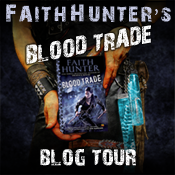
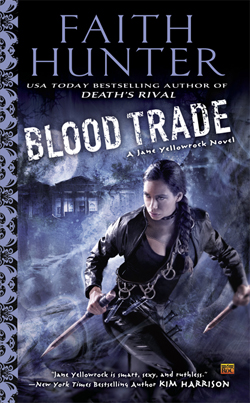 Be willing to try new things. One of the worst things writers can do is let their writing get stale. Take a break, write something different every now and again. I have been writing inside the Jane Yellowrock world, but outside of Jane’s Point of View in short stories lately, and I am really enjoying it! In the series, I am locked into a first person POV, which I adore, but it can be limiting. Writing from third person, from another character’s POV, is very freeing, and also, it lets me see my main character through eyes of the secondary characters in the series. I had no idea she was so lean and menacing. And cuddly. Depending on the POV I am writing from.
Be willing to try new things. One of the worst things writers can do is let their writing get stale. Take a break, write something different every now and again. I have been writing inside the Jane Yellowrock world, but outside of Jane’s Point of View in short stories lately, and I am really enjoying it! In the series, I am locked into a first person POV, which I adore, but it can be limiting. Writing from third person, from another character’s POV, is very freeing, and also, it lets me see my main character through eyes of the secondary characters in the series. I had no idea she was so lean and menacing. And cuddly. Depending on the POV I am writing from.
